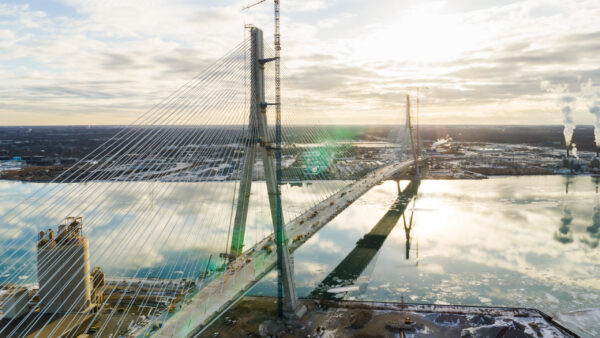Four months after signing a $400bn deal to supply gas to China through the 4,000km East Siberian pipeline, Russia is trying to convince the Chinese to agree to a western Siberian equivalent.Â
Alexei Miller, the chief executive of Gazprom, told the Interfax news agency: “If we work closely with the China National Petroleum Corporation [CNPC] we will be able to sign a contract during the meeting between our heads of state in the month of November.” Â
Russia has long been eager to construct the western line, partly because it has done more to exploit its west Siberian gas reserves compared with the east. According to the transcript of a meeting between Miller and Russian president Vladimir Putin, the existing contract, for the supply of 30 billion cubic metres over 30 years, could be increased to as much as 100 billion cubic metres with the addition of a western route.Â
Miller pointed out that a western route would use the existing gas transport system in western Siberia, and there would be no need to build gas chemical or gas processing facilities (see Gazprom’s diagram of its pipelines and processing plants, above). Â
In the past, the Chinese have been reluctant to agree to a western pipeline because its main markets are in the east, whereas the sparsely populated western regions are supplied from central Asia and their own resources. Beijing now seems to have reconsidered the deal, possibly over uncertainty over how quickly it will be able to develop its enormous shale gas reserves. The Chinese National Energy Administration (NEA) recently cut its forecast for 2020 by a third owing to a shortage of technology and skilled personnel, as well as geological difficulties.Â
Russia already faces a formidable task to build the eastern line, known as the Power of Siberia, by 2019. The estimated cost for construction on Russian territory is $21bn. The western route has its problems as well, the principal one being the need to take it through the mountainous Altai corridor on the border between Russia and China (see map). The region is also a conservation area.Â
This has led to proposals to shift the route to Mongolia. Sergei Donskoi, Russia’s environment minister, revealed earlier this month that the issue has been under discussion by the interested parties for almost a year.
According to news agency ITAR-TASS, he said: “It will have to be discussed at the level of Gazprom and CNPC, as the buyer, they should make assessments, raise questions and put forth demands. Mongolia will have to answer these questions.”Â
The pace of developments has quickened in recent weeks. At the beginning of the month, presidents Xi Jinping and Putin visited Ulan Bator to meet their Mongolian counterpart, Tsakhiagiin Elbegdorj. During a press conference with Putin on 3 September, Elbegdorj promoted “the advantages of building a gas pipeline across our country’s territory,” citing factors including “security, convenient short route and steppe conditions”.
Map: Russia’s pipeline system in Siberia, showing the well developed west and the narrow Altaic corridor (Source: Gazprom)










